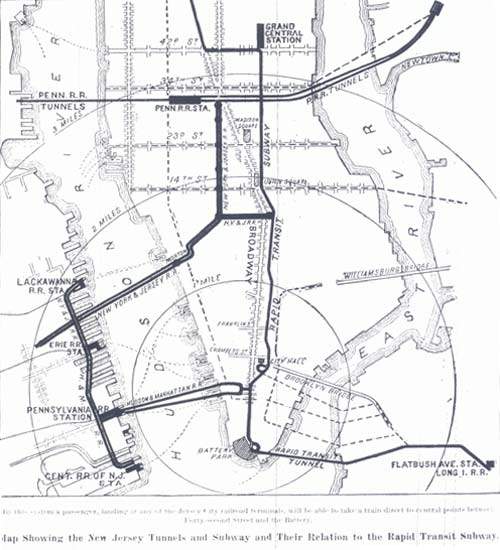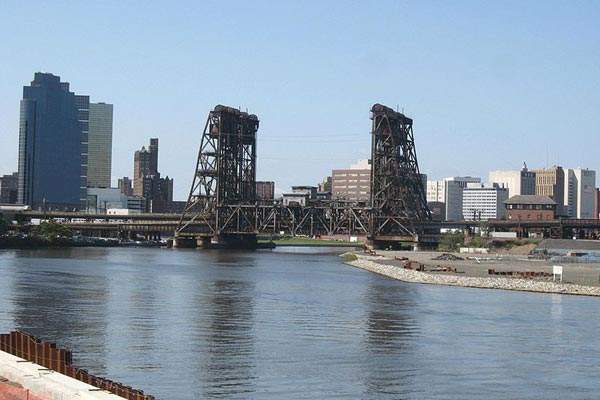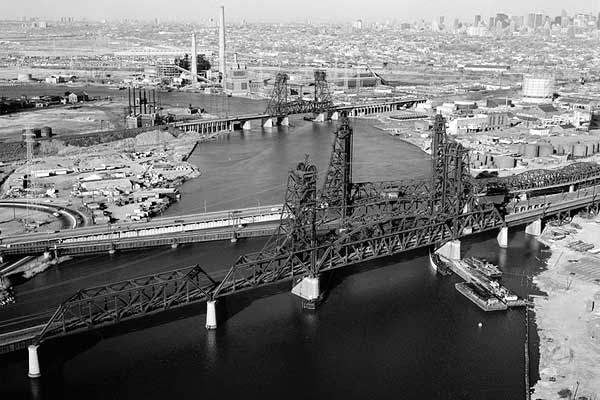A rapid transit system, the Port Authority Trans-Hudson (PATH) connects the two US states of New York and New Jersey via 13 stations. The Port Authority of New York and New Jersey is the owner and operator of the railway.
PATH covers a route 13.8 miles (22.2km) long and has a track gauge of 1,435mm. Its operations began in 1908.
The project
In an effort to overhaul the PATH line, the Port Authority of New York and New Jersey decided to modernise the old rail system with an investment of $3.3bn.
The railcar replacement programme is progressing and contracts for signalling system modernisation were placed in October 2009. The first new PATH railcar entered into service in July 2009 with entire fleet replacement expected by 2011. Work on the modernisation of the signalling system will be completed by 2017.
The PATH upgrade project encompasses the upgrade of signalling systems, manufacturing of new PATH railcars and expansion of stations and other infrastructure equipment. The design and manufacture of PA5, a new model of PATH railcars, to replace the existing fleet has been carried out. The upgrade programme will cost $499m.
A $499m contract was awarded to Kawasaki Heavy Industries by the Port Authority of New York and New Jersey in May 2005 to design and manufacture 340 new PATH railcars for replacing the entire old fleet.
The contract was awarded as part of the total $809m contract which encompasses adding equipment for maintaining the railcars, renovating the Harrison Consolidated Maintenance Facility and completion of preliminary work on the signalling system modernisation programme.
The new PATH railcar is an advanced model of MTA’s R142A rail-cars currently in service with New York City Subway’s 4 and 6 lines. The modernisation will allow PATH to increase the passenger ridership by 20% annually.
Infrastructure
The PATH railcars travel from Newark via Passaic River, Harrison, Manhattan Transfer, Hackensack River, Journal Square, Hoboken Terminal, Grove Street, Pavonia/Newport, Exchange Place, Hudson River, World Trade Center, Christopher Street, 9th Street, 14th Street, 19th Street, 23rd Street, 28th Street and 33rd Street.
The station platforms will be expanded along the Newark to World Trade Center line to accommodate ten-car trains instead of seven-car trains, increasing passenger capacity by 20%.
The state-of-the-art computer controlled signal systems safely reduce the distance between the trains. Signs and maps are also being placed at the stations to allow the passengers to reach their destinations more quickly and easily.
On 29 July 2009, Kawasaki Rail Car, a subsidiary of Kawasaki Heavy Industries delivered the first eight PA-5 railcars to Port Authority of Trans-Hudson.
The PA-5 railcars will run between the routes New York and New Jersey. State-of-the-art technology for controlling heating, ventilation and air conditioning, door operating and public address systems were also installed in the PA-5 railcar.
The PA-5 railcars delivered to PATH were manufactured and tested at Kawasaki’s Hyogo Works. The remaining 332 railcars will be manufactured at the railcar plant in Lincoln, Nebraska with equipment installation, final assembly and testing at the Yonker’s plant.
Rolling stock
There are approximately 333 railcars in the PATH fleet, which encompasses five models: PA1, PA2, PA3, PA4 and PA5. Each railcar is 51ft (15.5m) long and 2.8m wide. The railcars can travel at a maximum speed of 70mph (112km/h).
The St Louis Car Company built the PA1 and PA2 in 1965 and 1966 respectively, while the PA3 railcar was built by Hawker Siddeley in 1972. In 1986–88, Kawasaki Heavy Industries built the PA4 railcars. The development of new PA5 railcar began in 2008 and is being built by Kawasaki Heavy Industries. By 2017, the new PA5 model will replace the existing fleet.
The new PATH railcars will have three doors for easier boarding and exiting. The amenities in the new PATH railcar will include more doors, onboard video of news and information, digital signs, pre-recorded station announcements and vastly improved communication capabilities between passengers and crew.
The cars will also have new cantilevered seats, improved lighting, flooring and air-conditioning. The new lighting is energy efficient and reduces the trains’ environmental impact.
Signalling and communications
The old signalling systems on PATH are to be modernised with new computer-controlled signalling systems. The total estimated cost for upgrading the signalling system is $580m. The upgrade works will begin in late 2009 and are expected to be complete by 2017.
As part of the total $580m planned to be invested on signalling system modernisation, contracts worth $344m have been awarded in October 2009. A $321m contract has been awarded to consortium of Siemens’ team including Safetran System Corporation and D/A Builders to design, build and install the new signalling systems and remove old systems.
A $21m contract was awarded to Booz Allen Hamilton to oversee the project and a $2m contract was awarded to Rail Safety Consulting LLC for rail safety certification.







